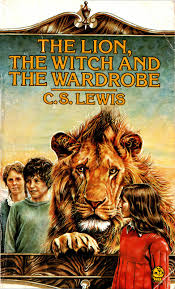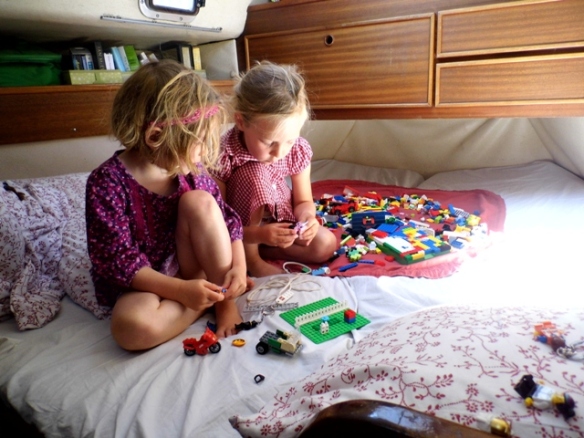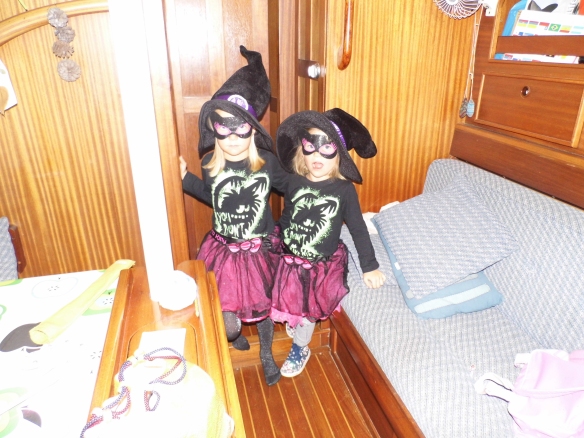Recently, a few people have asked me, not unreasonably, if, now that we have had a taste of formal education, I have given up on the idea of home education. The answer is absolutely not. While I love that the girls are currently attending the village school in Sanlúcar, my commitment to the philosophy and practice of home education is as strong as ever.
A very particular set of circumstances led to the decision to enrol the girls in school here. We liked life on the Rio Guadiana in general, and we felt that enrolling the girls in the tiny village school would provide them with an immersive education in Spanish language that we could not give them at home. And, we felt that their attendance at school would give all four of us opportunities to participate in village life that we wouldn’t otherwise get if we continued to home educate while living on the river. We were drawn to the size of this school, with only seven or eight children per classroom, and thought that experience would be very different to being in a larger town or city school.
Apart from learning Spanish language and culture, the girls are learning other things at school that they wouldn’t necessarily learn at home – or at least would learn very differently at home.
One of Lily’s favourite school subjects is Religion, although she can’t quite express why. She’s certainly getting a very different perspective on religion at her predominantly Catholic Spanish school than she gets at home from her agnostic-Anglican and atheist-Catholic parents!
In school there is a big emphasis on perfectly neat cursive handwriting – something that I’ve never bothered with – and the girls are now writing beautifully. The great advantage of this for Lily is that she can now write faster, and doesn’t get so frustrated when trying to express herself on paper.
And, I must admit, one of the things I like best about having the girls in school is that I no longer feel the need to do the thing I like least about home education – arts and crafts! Even as a child I hated making things with scissors and PVA glue and toilet roll inserts and poster paint, and drumming up the enthusiasm to do that stuff with the girls has always been a guilt-inducing burden for me. Katie now has a very arty teacher and she comes home almost daily with some new creation. (Finding space to display these masterpieces at home is now the challenge!)
We have decided to spend another year on the Rio Guadiana, so the girls can continue to attend this school. Their Spanish language skills are developing so rapidly we feel that, with another year of immersion in the village, they will be close to fluent for their age. And after that? Who knows.
At home we continue to focus on those areas of education that are important to Julian and I and, in unschooling fashion, we facilitate the girls own educational interests.
At first, Lily found maths at school too easy (although I pointed out she was learning in Spanish), so she has continued to study maths at her own pace and level at home. In addition, she writes almost daily – letters, book reports, her own daily journal – and we try to give her the space and freedom to just get on with that. And while Katie is learning to read and write in Spanish, we continue to work with her at home to develop her reading skills and I’m hoping independent reading is just a few months away (this has been my hope for a long long time!!).
But, much as before, their informal education is led by what interests them and us. Katie has decided she wants to be a palaeontologist when she grows up (independent reading a necessity, Katie!) and our walks through the countryside these days are usually with the purpose of searching for bones. The many bones we find lead us in all learning directions. Through observation, conversation and research we are learning about physiology, how joints work, how to recognise different parts of a skeleton, the structure of bones, the different wild animals that live around here, distinguishing between carnivores and herbivores based on the teeth and jawbones we find. Believe me, it’s fun!!
Lily is recently fascinated by evolution, and asks endless questions about the origins of life, how plants and animals evolved, where the Earth came from, and so on. I told her recently that the answers to these questions were much easier when I asked them as a child. ‘God made the world’ was the answer that had to satisfy me! On our long evening and weekend walks, I try my best to answer her endless questions, and back home aboard Carina, we get the reference books out or search the internet for answers.
At home, we continue to actively learn through cooking and baking (weights, measures, how to cook, nutrition), through boat maintenance and care (learning to row, buoyancy), through shopping (maths, budgeting, practicing Spanish) and through all the other things we do on a daily basis. The girls are generally unaware, of course, that they are learning, but that philosophy and practice of learning by doing informs much of what we do together.
At the end of the next school year we will have another decision to make – to stay or move on. If we do move on I hope we will return to home education. But if we stay here, well, like many families, we will continue to blend education at school and home. The most important thing for me is that the girls retain their enthusiasm and joy for learning.









